The Oldest Fossils Ever Discovered Have Been Found In Greenland, And They Appear To Have Preserved The

The oldest fossils ever discovered have been found in Greenland, and they appear to have preserved the earliest signs of life of Earth.
Dated to around 3.7 billion years ago, the fossils contain evidence of stromatolites - layers of sediment packed together by ancient, water-based bacterial colonies - and could push back the origins of life in the fossil record by 220 million years.
Read more…
More Posts from Curiositytherover and Others

XKCD has been tapped to teach high schoolers science
What if your most fearsome high school subjects like physics, chemistry and biology could be explained in humorous stick-figure drawings? That is exactly what textbook giant Houghton Mifflin Harcourt hopes to do by hiring 31-year-old artist and XKCD creator Randall Munroe to illustrate lessons. But wait, the collaboration gets even better for students.
Follow @the-future-now

Google uses Pixar’s ‘Inside Out’ to teach girls programming
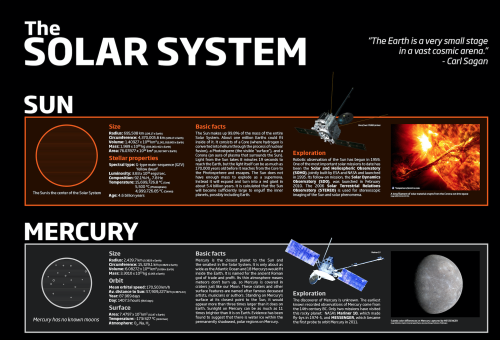
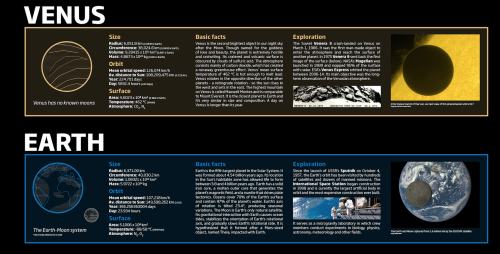
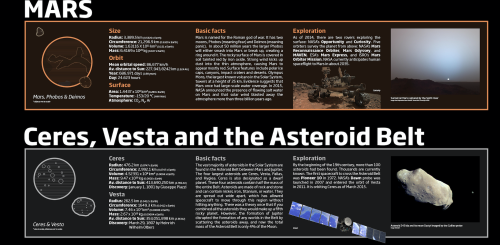
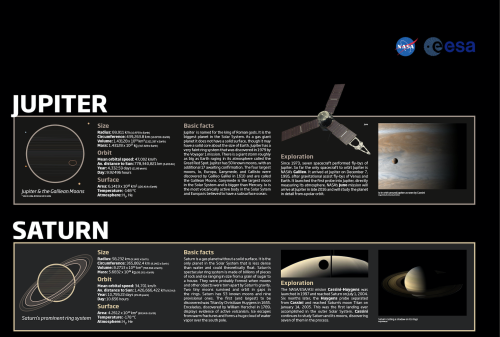
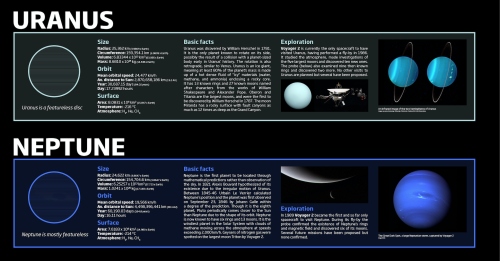
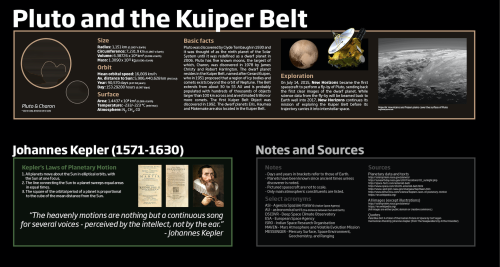
The Solar System
Neptune-size exoplanet around a red dwarf star
Goleta CA (SPX) Nov 27, 2015 A team of astronomers have used the LCOGT network to detect light scattered by tiny particles (called Rayleigh scattering), through the atmosphere of a Neptune-size transiting exoplanet. This suggests a blue sky on this world which is only 100 light years away from us. Transits occur when an exoplanet passes in front of its parent star, reducing the amount of light we receive from the star Full article







Brain, Bone and Blood Vessels Coming Hot Off the Press
Could the days of custom clavicles and bespoke bladders produced just in the knick of time for suffering patients be around the corner?
While keeping an eye on tissue engineering studies, we’ve been seeing some significant wins in the lab that are bringing the sci-fi future of on-demand 3-D printed organs, bone and blood vessels closer.
Harvard and Brown bioengineers are taking their own routes to build complex tissues in customized 3-D printers. And just the other week, we reported on newly unveiled work at the University of Florida to print complex soft structures in baths that could one day birth replacement human parts along with soft robots.
Now, Carnegie Mellon engineers reported on Friday that they had successfully printed simplified proof-of-concept anatomical structures like mini femurs, blood vessels and brains suspended in soft gelatin. Learn more and see a video below.
Keep reading
Can we talk about this?
So there’s this physics journal that uses math and science to discuss the realities of fictional universes in a super legit, peer-reviewed manner?
And they did a thing on Frozen?

Combining research on the film?

With info on how water works and stuff?

Then applied math and chemistry (and other things in which I am not especially well versed) to reach this conclusion:

So.




The simple discovery that a piece of wire mesh can stop a flame in its tracks saved the lives of thousands of miners.
This demonstration shows how a simple lamp made of gauze could contain the open candle flames that miners used before 1815. With the safety lamp, any potential explosions would stay contained and never escalate to dangerous levels (although mining remained an extremely dangerous occupation).
Watch the whole demo and hear the full story here.

Can You Tell if Your Therapist Has Empathy?
New software developed by researchers detects a person’s ability to understand or share feelings in therapy sessions.
The research is in PLOS ONE. (full open access)

New Research Explains Why the Aurora Has Sudden Bursts of Brightness http://futurism.com/links/new-research-explains-aurora-sudden-bursts-brightness/

Artificial Intelligence Program Passes Entrance Exam, Can Be Accepted Into University
The National Institute of Informatics has developed an Artificial Intelligence (AI) program that was able to achieve an above-average score on a college entrance exam for the first time ever. The test covered five subjects including Math, Physics, and English.
Ultimately, the Institute is attempting to develop an AI that could perform well enough on Japan’s standardized college entrance exam to be accepted into the University of Tokyo, Japan’s highest-ranked university. And they hope to complete their task by 2021.
To date, the AI received a top score of 511 points out of 950, which is above the national average of 416 points.
According to the institute, the AI has at least an 80% chance of being accepted to 441 private universities and 33 national universities with that score, odds that would make any aspiring student quite happy.
Find out more at: http://futurism.com/links/artificial-intelligence-program-passes-entrance-exam-can-be-accepted-into-university/
-
 teenagexscientist reblogged this · 8 years ago
teenagexscientist reblogged this · 8 years ago -
 miss-miaumiau reblogged this · 8 years ago
miss-miaumiau reblogged this · 8 years ago -
 ploorm liked this · 8 years ago
ploorm liked this · 8 years ago -
 the-science-side-of-life liked this · 8 years ago
the-science-side-of-life liked this · 8 years ago -
 sometimesnsfwboyfriend liked this · 8 years ago
sometimesnsfwboyfriend liked this · 8 years ago -
 theprimeministerofamerica reblogged this · 8 years ago
theprimeministerofamerica reblogged this · 8 years ago -
 jurasicore reblogged this · 8 years ago
jurasicore reblogged this · 8 years ago -
 jurasicore liked this · 8 years ago
jurasicore liked this · 8 years ago -
 my-heart-beats-for-klance-blog liked this · 8 years ago
my-heart-beats-for-klance-blog liked this · 8 years ago -
 reaperfromtheabyss reblogged this · 8 years ago
reaperfromtheabyss reblogged this · 8 years ago -
 goodshipmelody-blog liked this · 8 years ago
goodshipmelody-blog liked this · 8 years ago -
 urbanxfantasy-arch liked this · 8 years ago
urbanxfantasy-arch liked this · 8 years ago -
 walkinggatorbait liked this · 8 years ago
walkinggatorbait liked this · 8 years ago -
 werecogsinthemachine reblogged this · 8 years ago
werecogsinthemachine reblogged this · 8 years ago -
 comtedemoney liked this · 8 years ago
comtedemoney liked this · 8 years ago -
 libgrl reblogged this · 8 years ago
libgrl reblogged this · 8 years ago -
 libgrl liked this · 8 years ago
libgrl liked this · 8 years ago -
 waterfalls-in-space liked this · 8 years ago
waterfalls-in-space liked this · 8 years ago -
 ray-ban-blues liked this · 8 years ago
ray-ban-blues liked this · 8 years ago -
 roofrabbit liked this · 8 years ago
roofrabbit liked this · 8 years ago -
 lacertae-dreamscape liked this · 8 years ago
lacertae-dreamscape liked this · 8 years ago -
 justinagain-blog reblogged this · 8 years ago
justinagain-blog reblogged this · 8 years ago -
 justinagain-blog liked this · 8 years ago
justinagain-blog liked this · 8 years ago -
 witchaj liked this · 8 years ago
witchaj liked this · 8 years ago -
 lecittainvivibili liked this · 8 years ago
lecittainvivibili liked this · 8 years ago -
 machine-dove reblogged this · 8 years ago
machine-dove reblogged this · 8 years ago -
 machine-dove liked this · 8 years ago
machine-dove liked this · 8 years ago -
 lazyscience reblogged this · 8 years ago
lazyscience reblogged this · 8 years ago -
 geographyjockey-blog liked this · 8 years ago
geographyjockey-blog liked this · 8 years ago -
 geographyjockey-blog reblogged this · 8 years ago
geographyjockey-blog reblogged this · 8 years ago -
 theunchainedmelody liked this · 8 years ago
theunchainedmelody liked this · 8 years ago -
 beyond-far-horizons liked this · 8 years ago
beyond-far-horizons liked this · 8 years ago -
 fireeaglespirit reblogged this · 8 years ago
fireeaglespirit reblogged this · 8 years ago -
 sol-em-gemeos liked this · 8 years ago
sol-em-gemeos liked this · 8 years ago -
 curiositytherover reblogged this · 8 years ago
curiositytherover reblogged this · 8 years ago -
 rhien-elwen liked this · 8 years ago
rhien-elwen liked this · 8 years ago -
 adroitus reblogged this · 8 years ago
adroitus reblogged this · 8 years ago -
 unhandthatscience-blog1 liked this · 8 years ago
unhandthatscience-blog1 liked this · 8 years ago -
 templen2 liked this · 8 years ago
templen2 liked this · 8 years ago -
 fireeaglespirit liked this · 8 years ago
fireeaglespirit liked this · 8 years ago